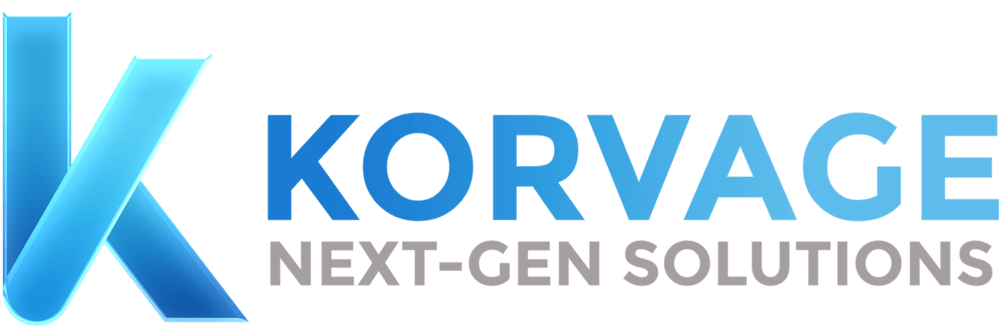 Social Media Content Packs – Stay Active Without Lifting a Finger!
Social Media Content Packs – Stay Active Without Lifting a Finger!
How to Measure the ROI of Software Consulting for Your Business
Written by rink » Updated on: June 17th, 2025

Software consulting is becoming a more and more important tool for businesses looking to improve efficiency, encourage innovation, and optimise processes. On the other hand, spending money on software consulting services requires a thorough analysis of its return on investment (ROI). Determining the return on investment and making wise business decisions both depend on measuring the ROI of software consultancy.
Defining ROI in Software Consulting
Key Metrics and KPIs
The financial gain from consulting services in relation to the incurred costs is known as return on investment (ROI) in the context of software consulting. Businesses must determine key metrics and key performance indicators (KPIs) that accurately reflect the impact of the consulting services in order to calculate return on investment (ROI). Enhanced client happiness, cost savings, greater income, and improved efficiency are some of these metrics.
Identifying Tangible and Intangible Benefits:
Tangible Benefits
Tangible benefits are measurable and directly attributable to the consulting engagement. These benefits often include increased sales, reduced operational costs, and improved process efficiency. For example, implementing a new software system may lead to a 20% reduction in processing time, translating to significant cost savings.
Intangible Benefits
These benefits encompass enhanced employee satisfaction, improved decision-making capabilities, and strengthened competitive positioning. While these may not directly reflect on the balance sheet, their long-term impact on the organization's success is profound.
Establishing Baseline Metrics:
Pre-Consulting Performance Analysis
Before embarking on a software consulting project, conducting a pre-consulting performance analysis provides a clear picture of the organization's current state. This analysis involves assessing existing processes, identifying pain points, and benchmarking performance against industry standards. By establishing these baselines, businesses can effectively measure the improvements brought about by the consulting services.
Cost Analysis of Software Consulting:
Direct Costs
Direct costs are the expenses directly associated with the consulting engagement. These include consultant fees, software licenses, and implementation costs. Understanding these costs is critical for calculating the ROI accurately.
Indirect Costs
Indirect costs, though less apparent, play a significant role in the overall investment. These costs include employee training, downtime during implementation, and potential disruption to daily operations. A comprehensive cost analysis must account for both direct and indirect costs to provide a holistic view of the investment.
Methodologies for Calculating ROI:
Traditional ROI Calculation
The traditional ROI calculation involves a straightforward formula: (Net Benefit / Total Cost) x 100. This method is effective for measuring tangible benefits and provides a clear percentage that reflects the return on the investment.
Advanced ROI Models
Advanced ROI models incorporate a broader range of factors, including intangible benefits and long-term impacts. These models may use multi-criteria analysis, balanced scorecards, or total economic impact frameworks to provide a more nuanced understanding of the ROI. By employing these sophisticated models, businesses can capture the full spectrum of benefits derived from software consulting.
Conclusion
Measuring the ROI of software consulting is a multifaceted process that involves defining key metrics, identifying benefits, establishing baseline metrics, conducting cost analysis, and employing appropriate ROI calculation methodologies. Each step is crucial for accurately assessing the value derived from the consulting services.
As businesses continue to navigate the complexities of the digital landscape, the importance of measuring ROI in software consulting cannot be overstated. Future considerations should include the integration of advanced analytics, continuous performance monitoring, and adaptive strategies to ensure that the investment in software consulting yields sustainable and substantial returns.
Note: IndiBlogHub features both user-submitted and editorial content. We do not verify third-party contributions. Read our Disclaimer and Privacy Policyfor details.
Copyright © 2019-2025 IndiBlogHub.com. All rights reserved. Hosted on DigitalOcean for fast, reliable performance.








